Affiliate links on Android Authority may earn us a commission. Learn more.
The most intriguing phone I tested in 2023 was the Fairphone 5
Published onDecember 24, 2023
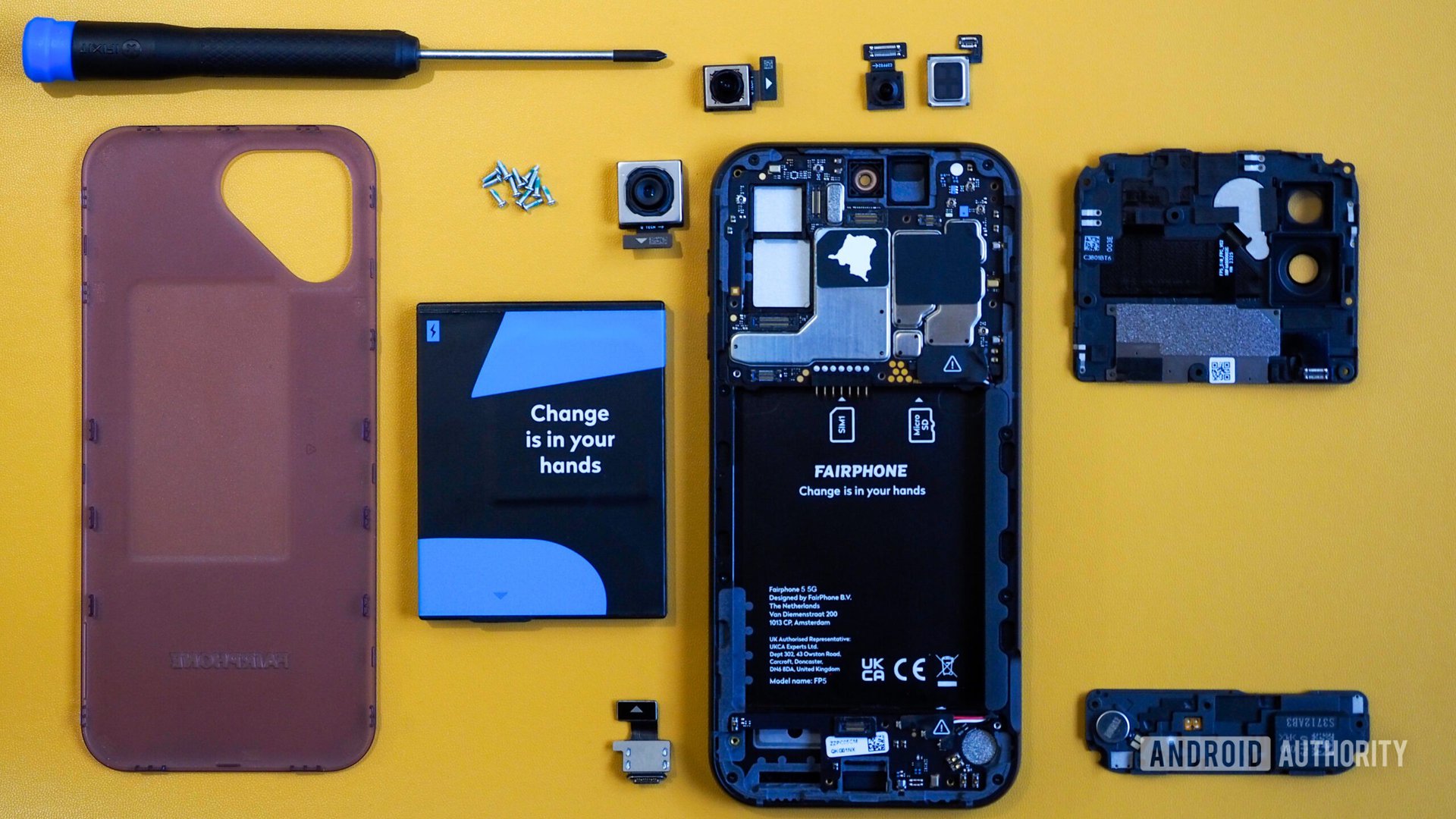
I still remember the days when taking apart a phone was a matter of removing the battery cover, turning a few very obvious screws, and pulling plastics and metal bits apart to reveal the board, charging connector, screen, and speaker.
With the advent of modern, touch-only, and water-resistant smartphones, all of that became a nostalgic memory and I’d wager that there are teenagers nowadays who have never seen the switches behind a T9 keyboard, or even a T9 keyboard to begin with!
The Fairphone 5 is a phone made in 2023 with both an aura of 2013 and 2033.
It’s that wafting nostalgia that took over me when I got my hands on the Fairphone 5 a few months ago. Here was a relic of the past in modern form and fashion. A phone made in 2023 with both an aura of 2013 and 2033 around it. There’s a mix of past and future with the Fairphone 5, older forgotten concepts like removable and easy-to-exchange parts with forward-facing concepts like repairability, sustainability, and long-term support.
But there was also something so simple and basic about the Fairphone 5. Seen from the front, it is the least flashy Android phone I’ve used, but it’s also a frequent conversation starter when people notice its back. “Is that… removable?” “It reminds me of my old Nokia!” And French people, specifically, always perked up when I told them about the eight-to-10-year update promise and the easy-to-replace modules. People here appreciate sustainability, recycling, and fair-trade efforts and the Fairphone 5 hit a nerve with everyone I talked to.
After carrying the phone for a month, I couldn’t recommend it to anyone wholeheartedly — there are battery and thermal issues that are tough to overlook (I noticed them on my unit, but online reports mentioned them too), but Fairphone tells me it’s working on software fixes for them. Still, it’s by far the most intriguing phone I’ve used this year.
The Fairphone 5 is easy to take apart and put back together
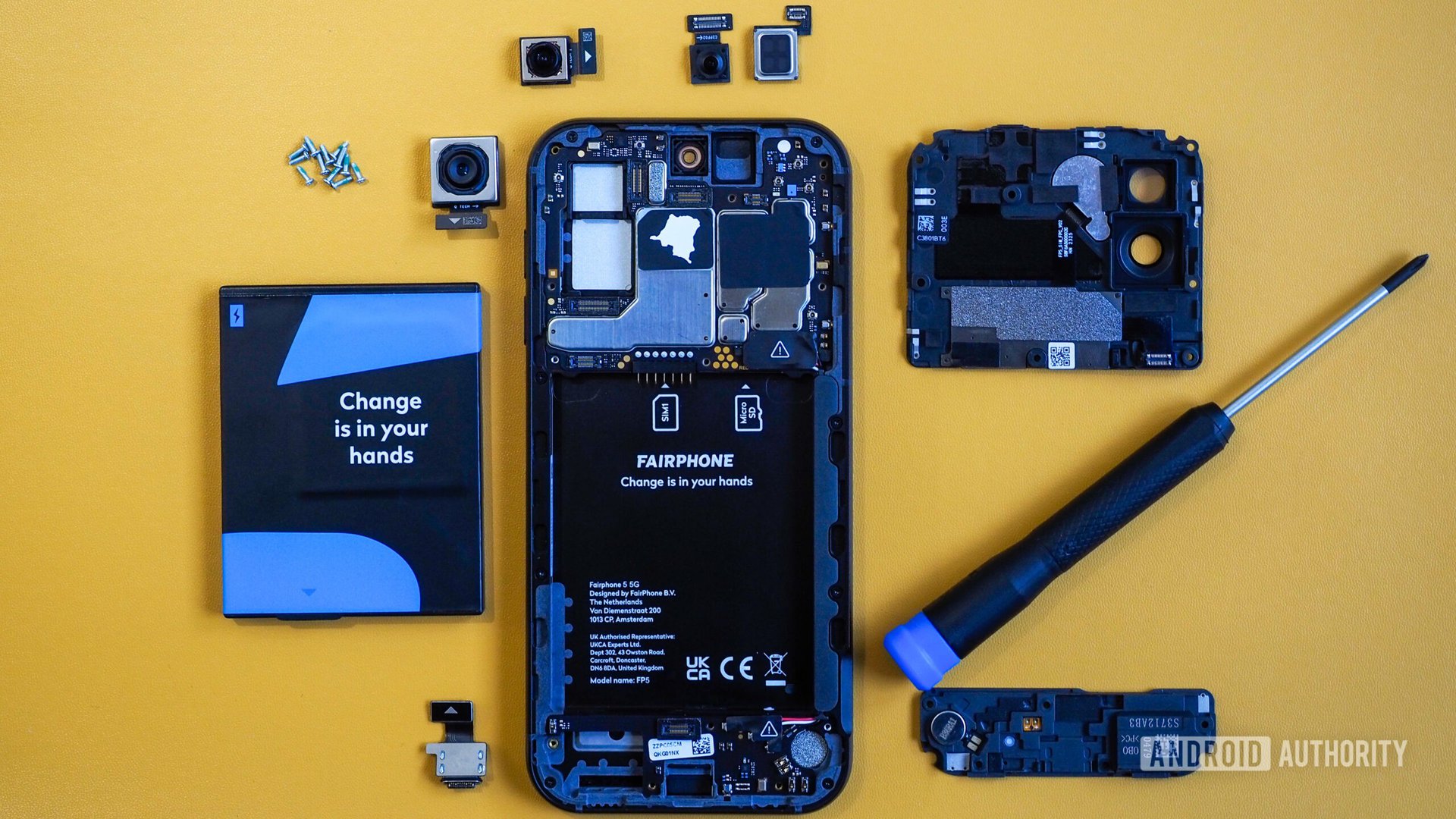
I’m not Zach Nelson (from JerryRigEverything) or an iFixit contributor, nor have I ever taken apart a computer or a modern piece of electronics. But I was able to easily dismantle the Fairphone 5 and put it back together — in a functional state, of course — in less than 20 minutes total.
If I can take apart this phone, so can you.
Fairphone has made the entire process so easy that you can do it without watching or following a guide. Just pop off the €24.95 back plate, take out the €39.95 battery, and you’ll see a series of screws. The silver ones are the ones you should remove; the black ones blend in more with the rest of the phone and should remain untouched.
After that, the €39.95 top unit (with the ToF sensor, SIM slot, and microSD slot) and €24.95 bottom part (loudspeaker) come off quite easily, leaving you with more visible modules. Each removable one is attached in place thanks to a metallic piece with an arrow symbol.
Pop the arrow bit off and you can take out the €19.95 USB-C port, €69.95 main camera, €44.95 ultrawide camera, €34.95 front camera, and €19.95 earpiece. You’re left with the skeleton of the phone, chipset, and €99.95 display.
And yes, I mentioned all of the prices here because every removable part can be bought separately and replaced without any expertise. Just pop it off, put the new one in its place, and boom, done! No need to take the phone to a repair shop, pay dozens of euros in extra labor, and risk unglueing and ruining your phone at the hands of an inexperienced employee. Honestly, if I can take apart this phone, so can you.
There’s something utterly freeing about this concept. If every phone was so easily repairable, I’d have replaced my Pixel 6 Pro’s microphone and loudspeaker immediately when they started randomly popping and playing some static noise. Instead, I spent several months with that issue and eventually moved over to another phone. I’d gladly pay €24.95 and spend a few minutes fixing the problem myself, instead of sending my phone to a repair service.
This is Fairphone’s biggest appeal. Not a half-hearted “right to repair” promise with a pricey and risky process, but an easy, cheap solution to fix your phone on your own. We need more of this.
Removable batteries and microSD slots — what is this, 2013?
It’s been years since I’ve seen a high-end Android phone with a removable battery and a microSD slot, and the Fairphone 5 reminded me of why I miss them.
You can't put a price on the convenience of going from 0% to 100% battery in an instant.
Being able to go from 0% to 100% battery in a second, without plugging or overheating, is a privilege we no longer have. Neither is the option to use microSD cards on Android to expand storage, install larger apps and games, or save a lot of media for offline use. Even the simple act of transferring files requires a cable and a lot of time now. I used to move my entire music and photo collection in a snap between my phones; now they just live in the cloud and I have to download or stream them each time I want to access them.
This was another reminder of how backward “modern” phones really are. The norm nowadays is to pay a few extra hundred dollars for a bigger storage tier, instead of a few dozen dollars for a microSD card.
Fairphone 5 camera: Good photos, better app
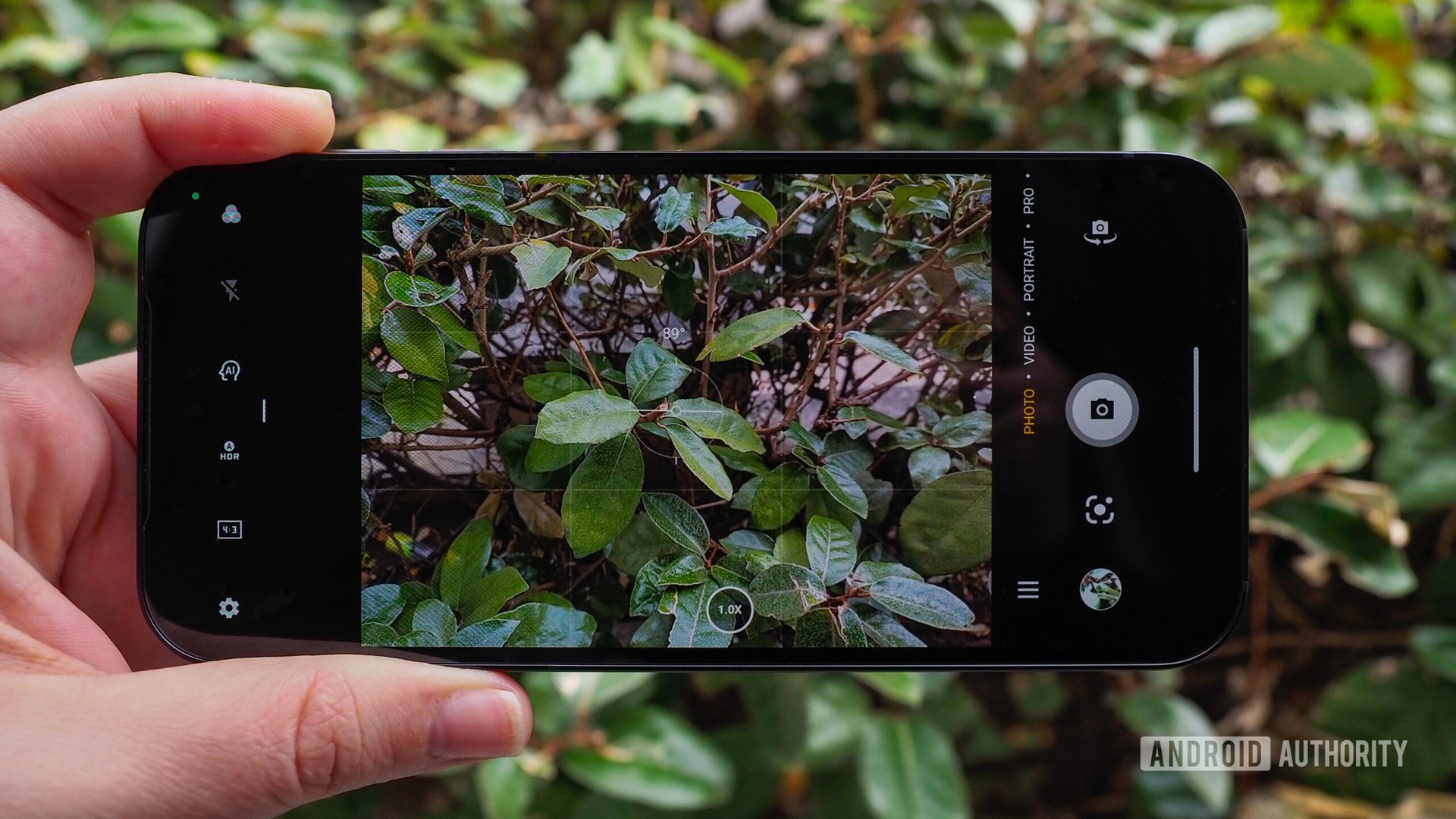
No one is buying the Fairphone 5 for its camera, but if you do decide to get it for everything else, you won’t be disappointed. It takes good photos. Obviously, it won’t come close to the best camera phones out there, but it’ll snap decent shots in daylight and in darker environments, both with still and living subjects.
T-Rex, the foster dog in the pics below, was able to find his forever home thanks to the photos I snapped with the Fairphone 5. The portrait mode really captured his fun and feisty character. 15/10 for both dog and phone.
My biggest fascination, though, is with Fairphone’s built-in camera app. It has a lot of the features I wish Google’s camera app offered, like customizable shortcuts to the different modes, various gridlines, more aspect ratios, a manual mode (the regular Pixel 8 would be jealous!), autofocus lock with variable brightness, fully-customizable slow-motions, and variable aperture portraits. For the latter, I think it’s only a software trick that changes the background’s blurriness level and not a real variable-aperture lens.
Stock Android with a few neat twists
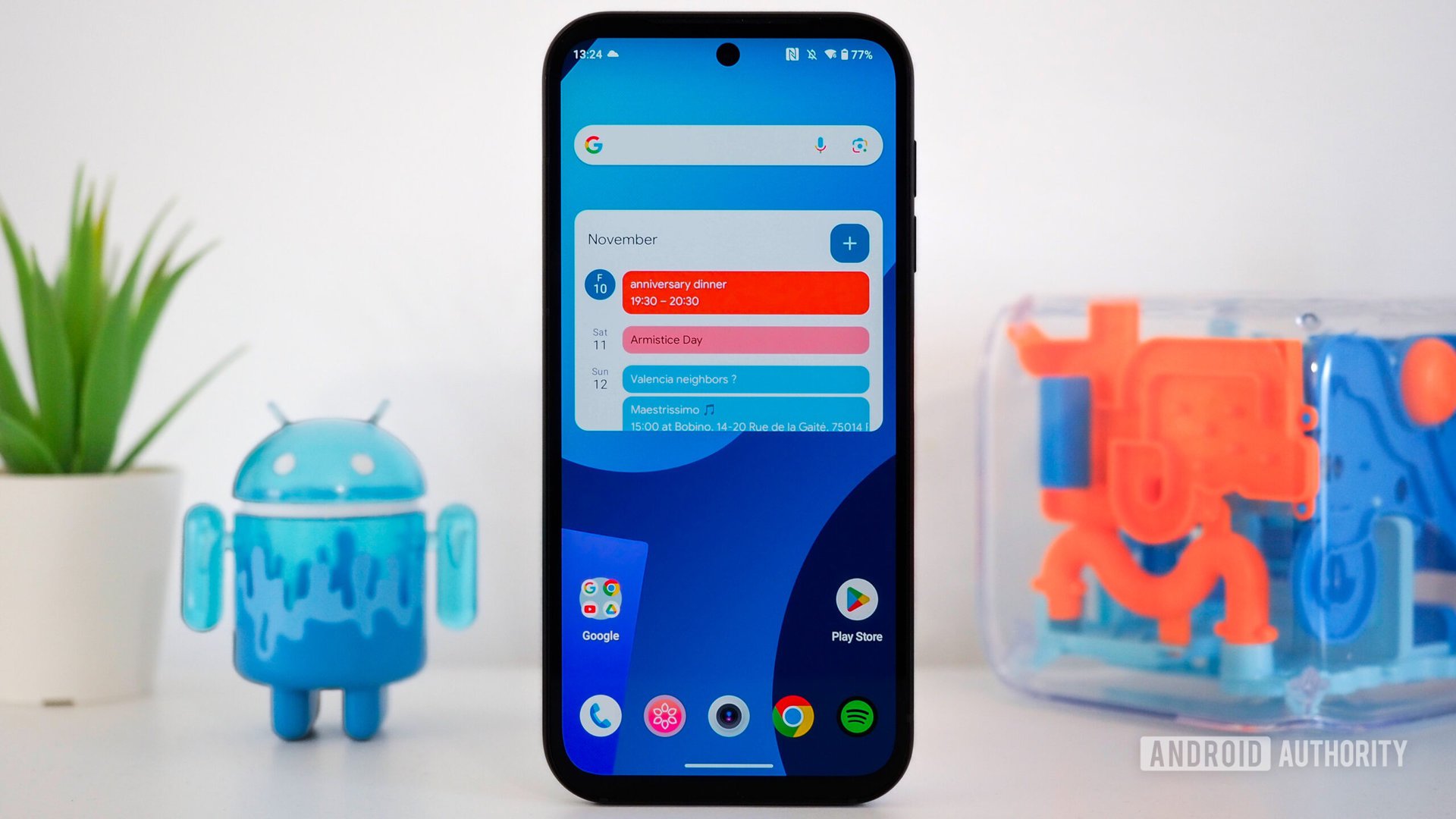
At first glance, the Fairphone 5 appears to run a fairly stock Android software, but delve a little deeper and you’ll be delighted with a few extra tricks.
For example, Fairphone has already implemented a proper desktop mode under Settings > Display > Desktop mode — an often-leaked Android feature that Google has yet to add to its own Pixel lines. I plugged a USB-C dock into the Fairphone 5, connected an HDMI cable to my external display, and lo-and-behold, I got a desktop interface with multiple windows, quick settings and notifications, and everything else. Of course, you need a mouse and keyboard to navigate this, and it’s no Samsung DeX but it’s still utterly cool.
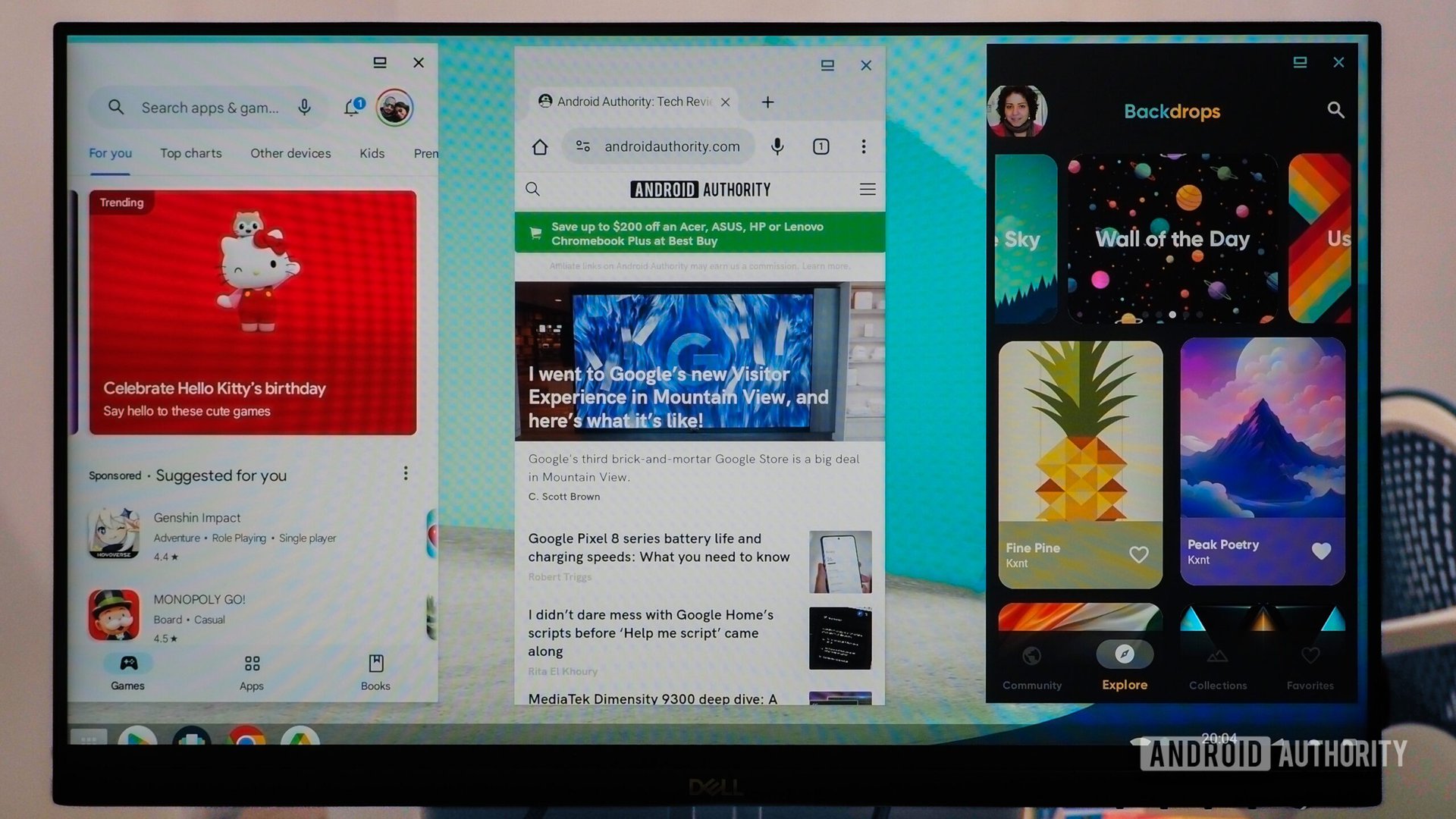
Plus, a visual enhancement module rolled out in an update, bringing a host of display color and temperature customizations. With the Vivid mode, the AMOLED panel came to life more than before. There’s also a reading mode (mimicks books) and an eye comfort mode (filters out blue light).
Fairphone hasn’t shied away from adding lots of other small improvements throughout the software. Among these is a setting to change how fast the phone switches between portrait and landscape orientations, a dark screen saver (but no always-on display), battery health stats (which should be coming to stock Android soon), and an eco-charging mode that optimizes charging for battery longevity.
A middling chipset with questionable long-term performance
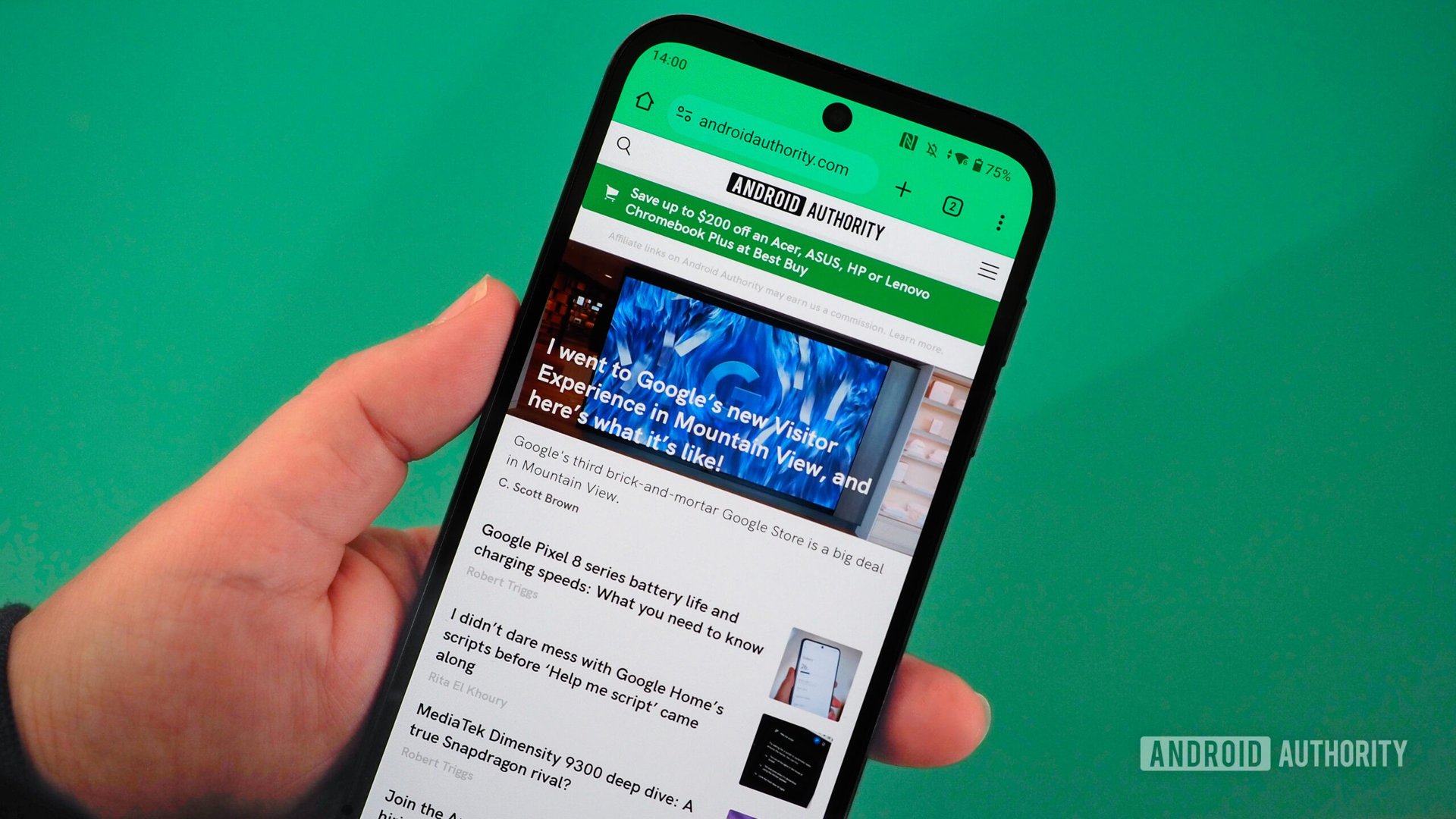
When you promise eight to 10 years of updates, and provide easy-to-replace batteries and modules for better longevity, the only remaining question is whether or not your phone can withstand this kind of long-term usage, specifically your chipset.
Fairphone opted for the Qualcomm QCM6490, an IoT chip built with long-term support in mind. In my QCM6490 benchmark tests, I noticed that its performance was more in line with cheaper Android phones. In most CPU, GPU, multi-core, and stress tests, it performed similarly to the $450 Samsung Galaxy A54 5G — a phone that costs $250 less.
Repairable phones with long-term support promises need future-proof processors too.
Sure, it’s tough to quantify the Fairphone 5’s added value of longer support and easy repair, but a middling chip puts a big question mark around the real longevity of this phone. Will it still withstand daily use after four or five years or will it be sluggish and practically unusable by then? Only time will tell. For now, I didn’t notice any actual performance hiccups while browsing, messaging, taking pics, or just using the phone.
What I did notice, though, was frequent overheating and battery drain with the Fairphone 5. Any time I used it for more than 30 minutes straight, it got noticeably toasty. And any time I opened the camera for longer than five minutes, the camera module got very warm. Keep in mind that we’re talking about using the phone in October in Paris, not in July in Dubai!
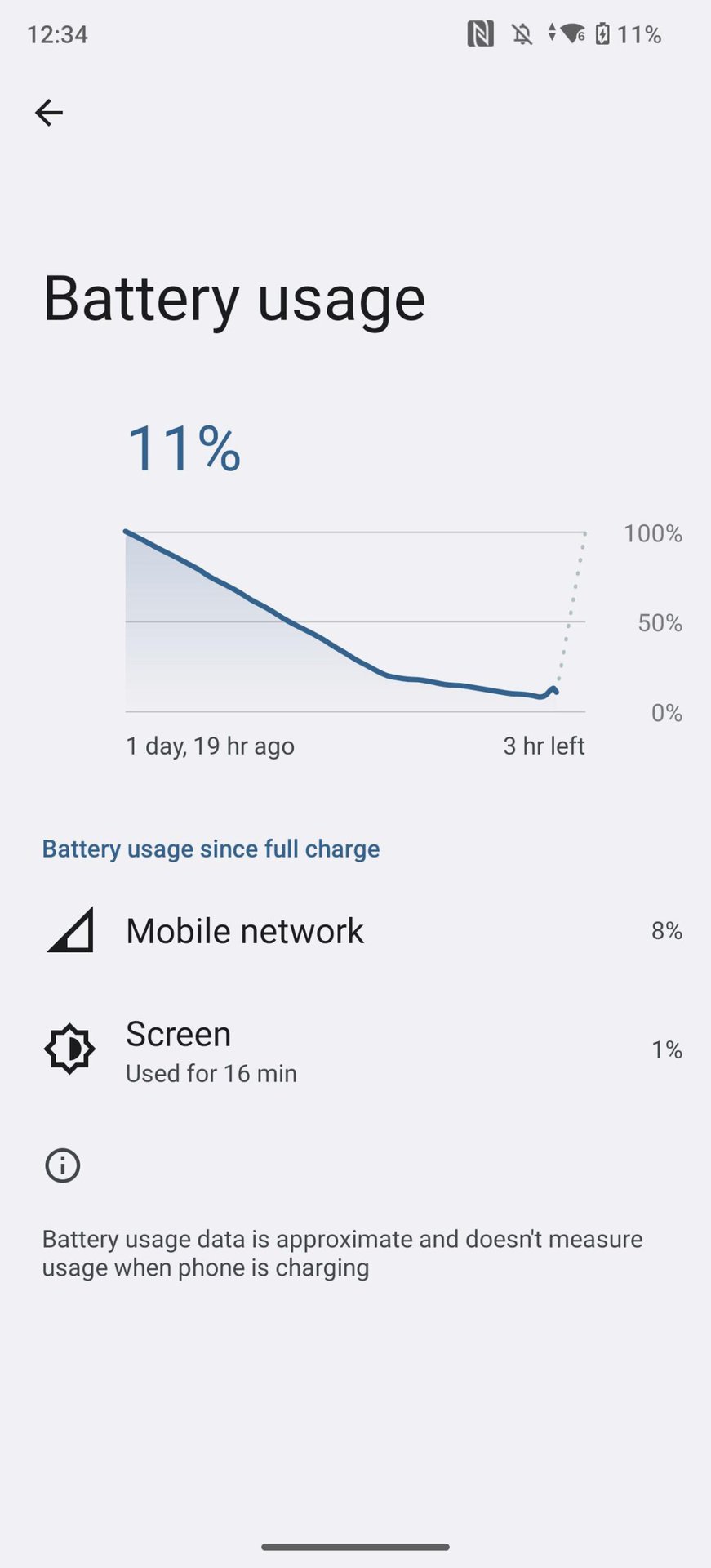
Battery drain was another issue. Rarely did I manage a full day of use on the Fairphone 5, even when I wasn’t pushing it too hard. When I was done with my tests, I kept it for a week or two at my desk and noticed that the battery depleted in less than two days on idle (Wi-Fi only with extremely infrequent use). Any other phone at my desk lasts four to five days in similar conditions.
Fairphone told me it’s working on fixing these issues, but until they’re ironed out, it’s quite tough to recommend this phone.
Regardless, though, the Fairphone 5 remains the most fun, intriguing, and appealing phone I’ve tried this year. Each time I held it, I felt a waft of nostalgia and I foresaw a glimpse of the future. This unique mix of features, repairability, and software extras puts it among the most interesting stock Android phones on the market right now.
I trust that there will be a point where there won't be many compromises for owning a sustainable, repairable phone like this.
And if the Fairphone 5 is already several steps ahead of the Fairphone 4, I can’t wait to see what the sixth iteration will bring. The company is slowly removing most of the compromises of its earlier generation phones, and I trust that there will be a point where opting for a more sustainable, upgradeable, and fair-trade smartphone won’t come with any asterisks. Hopefully, this will happen soon.

